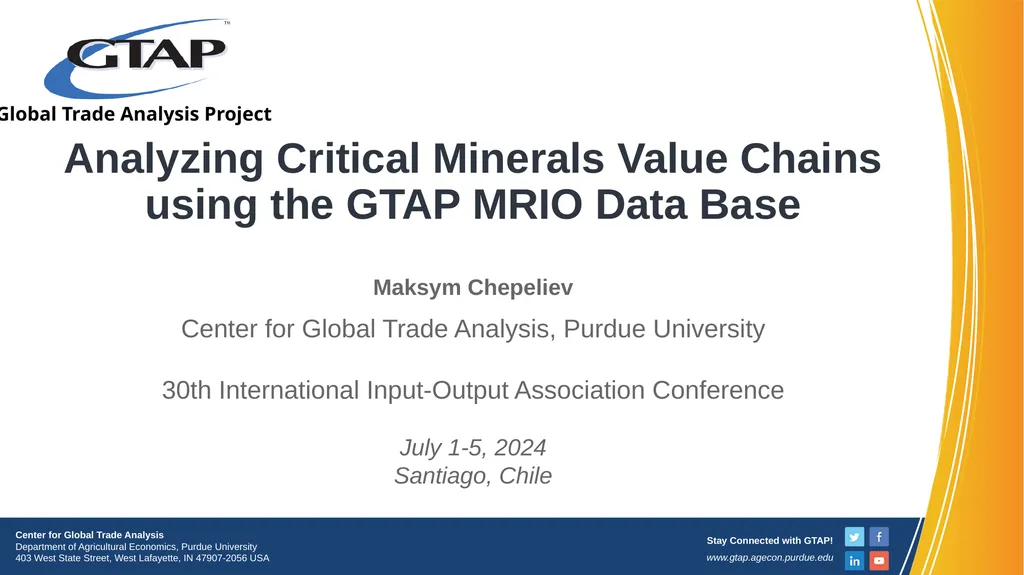
Analyzing Critical Minerals Value Chains using the
Author: karlyn-bohler | Published: 2025-05-28
Description: Analyzing Critical Minerals Value Chains using the GTAP MRIO Data Base Maksym Chepeliev Center for Global Trade Analysis, Purdue University 30th International Input-Output Association Conference July 1-5, 2024 Santiago, Chile Motivation
Download Presentation
Download the PPT/PDF: Download
Transcript:
Loading transcript…